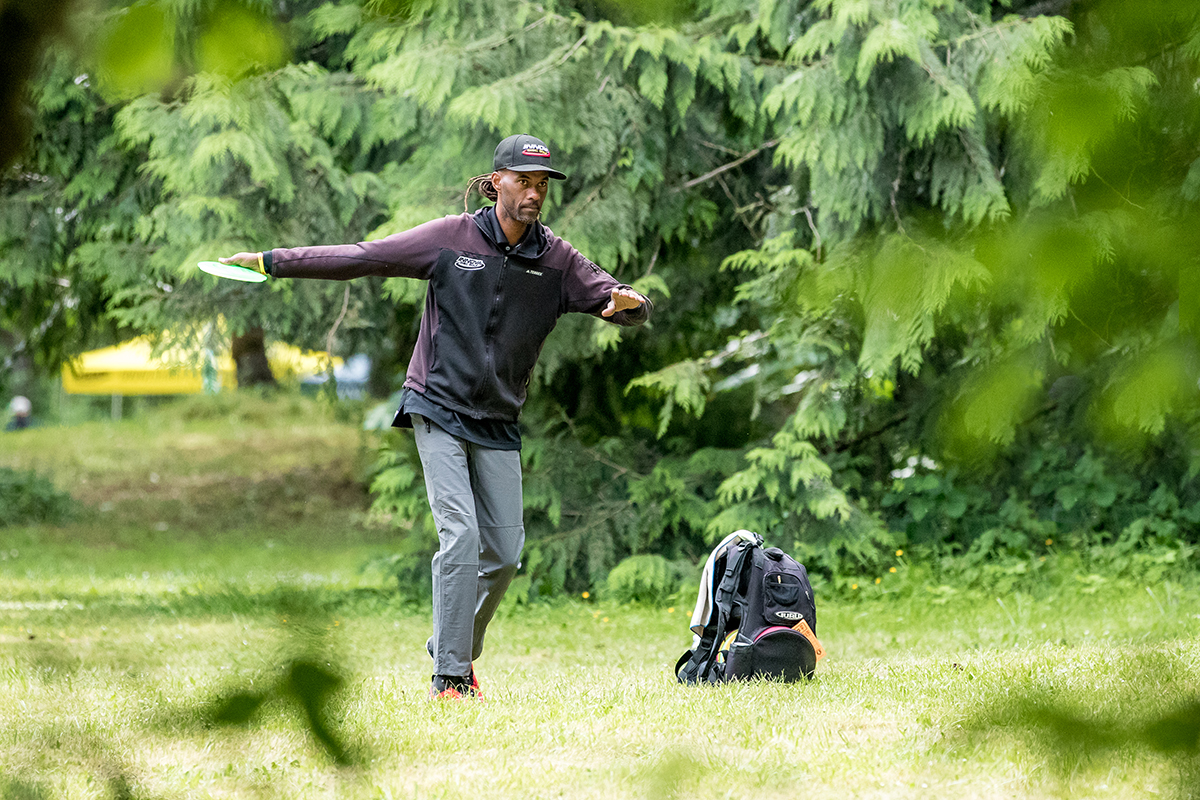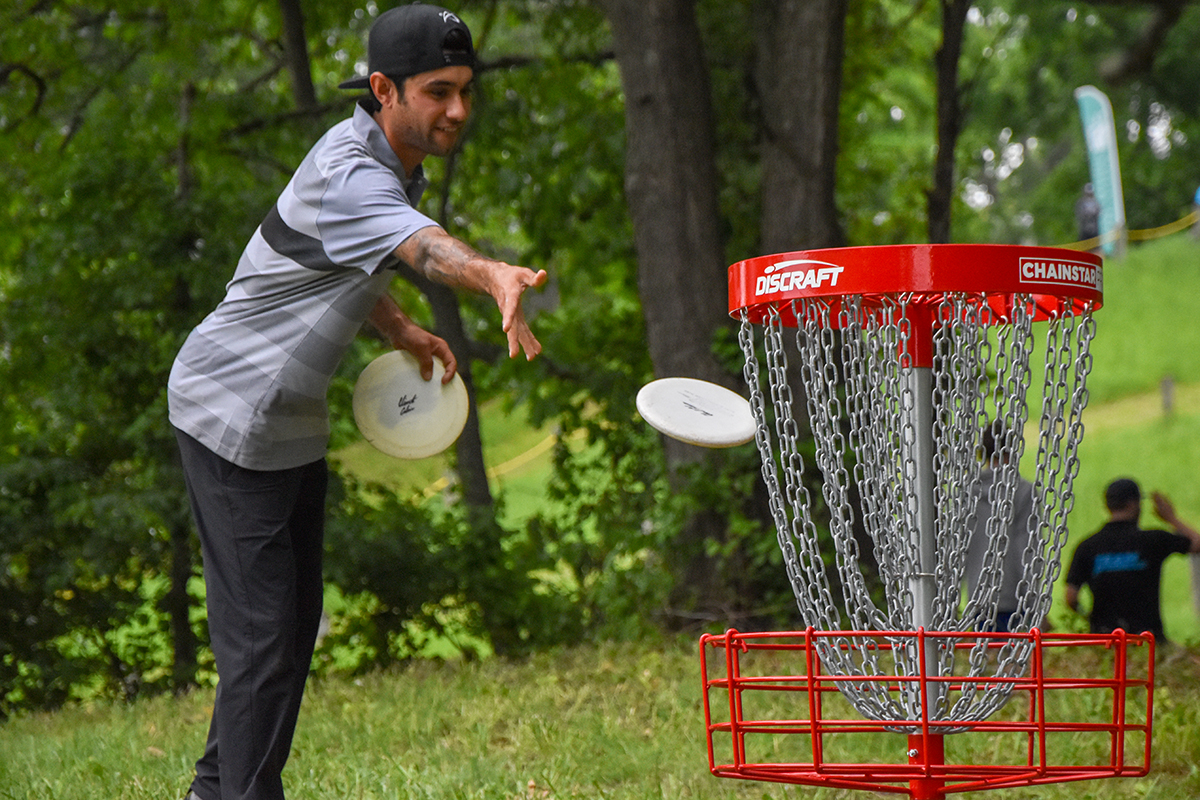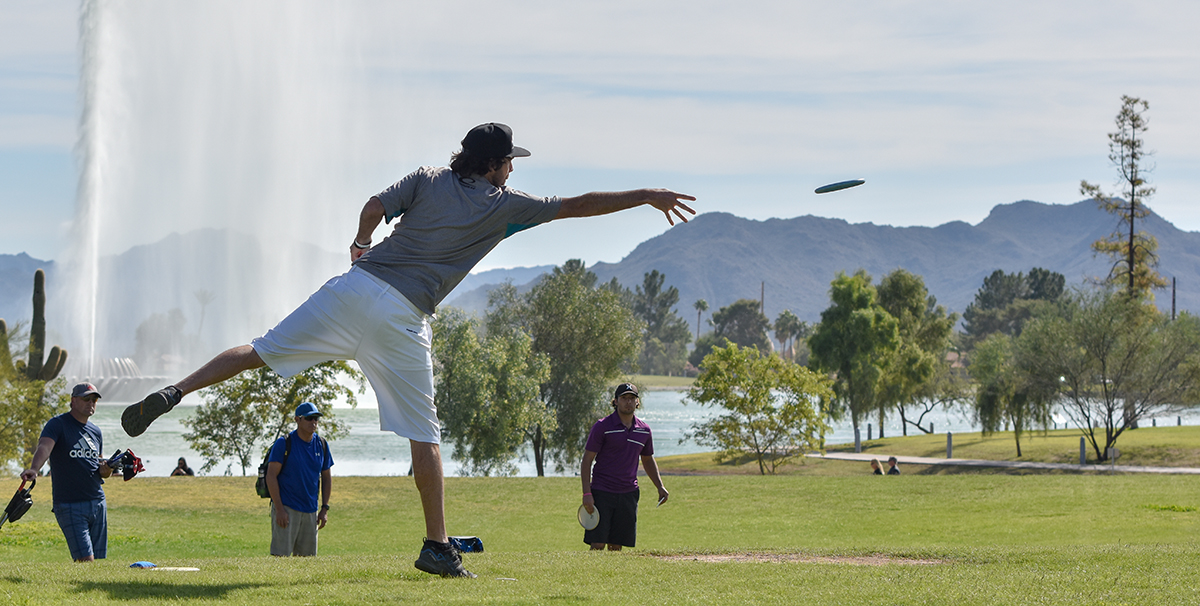

Our membership is growing at a tremendous rate: We see the numbers getting higher each year. Presently, we have more than 45,000 active members in the PDGA. At the end of 2017, we had 41,000 active members, and at the conclusion of 2016, that number stood at just over 35,000.
To be very clear, though, this is a membership number. Like many sports, disc golf has an enormous group of people who are not PDGA members. They are recreational players and while they play often and love the sport, they may never participate in a sanctioned tournament. The good news is there are a number of other metrics for growth.
The number of courses going into the ground grows each day: We can extrapolate from that the fact that there is a corresponding demand for facilities and therefore, a growing number of players (even if they are not necessarily members). And it’s not just our country, either, that loves this sport. There has been huge growth in Europe and Canada. Finland is a tremendous hotbed for disc golf.
Product sales are another measurement. You can go to any big-box store like Dick’s Sporting Goods and buy discs. A few years ago, there was an estimate that based on product sales, there were about two million disc golf players worldwide.
We believe there are many reasons the sport is able to grow. Here are a few of them.
 The barriers to entry are pretty low. Unlike many sports, if you just want to play at a recreational level, many of the courses, such as those in municipal parks, are free. (There are exceptions but in general, cost is not a formidable obstacle when it comes to accessing courses.) And when that is the case, you don’t need to pay admission or a membership fee and you generally don’t need to reserve a time to play. Discs are easy to buy (and relatively inexpensive) and the sport is easy to take up since almost everyone has thrown a Frisbee in their P.E. class or on the beach with their friends. The game is easy to understand, and most recreational players won’t require lessons, coaching or camps in order to play with their friends. They just need to show up and have fun.
The barriers to entry are pretty low. Unlike many sports, if you just want to play at a recreational level, many of the courses, such as those in municipal parks, are free. (There are exceptions but in general, cost is not a formidable obstacle when it comes to accessing courses.) And when that is the case, you don’t need to pay admission or a membership fee and you generally don’t need to reserve a time to play. Discs are easy to buy (and relatively inexpensive) and the sport is easy to take up since almost everyone has thrown a Frisbee in their P.E. class or on the beach with their friends. The game is easy to understand, and most recreational players won’t require lessons, coaching or camps in order to play with their friends. They just need to show up and have fun.
It’s not terribly time-consuming. You can play 18 holes on a standard recreational course in an hour and a half (although admittedly, in competitive play, the pace is slower). That means if you want to get a game in with your friends, you’re not committing to a whole day, or even a whole afternoon. We have plenty of tournaments and if people want to play the whole weekend, they can, but they can also just play a recreational game and get their fix; it’s their choice.
The PDGA has also noticed some other trends.

Plenty of cities are seeing the value of putting in disc golf courses. At all levels of play, it’s a good way for a city to make something out of an area that is not being used, or that is under-used. Players tend to keep it clean and because the area gets plenty of foot traffic, it deters vandalism and other problems.
It’s not terribly expensive or complicated to put a disc golf course in. The biggest hurdle isn’t the cost of the equipment (the baskets, concrete pads and the installation aren’t expensive); it’s the amount of land you need. A course that appeals to mid-range players should be from 11 to 21 acres. A professional disc golf course designer can work with you to help you develop a facility for the land you have. There are nine-hole courses and for kids, even six-hole courses. The best advice we as the PDGA can give people is to know who their target audience is and to develop a course for those players.
Adding disc golf has allowed some traditional golf courses to gain extra use. This is something that is trending right now. The fact that these courses often have pro shops and restaurants also makes them appealing to players.

Players will travel for competitive events. One of the great parts of the sport for those who are involved in the sports industry is that the more serious players can and will travel to participate in sanctioned tournaments. There are destinations that are really known for disc golf. One is Emporia, Kansas, which also happens to be where Dynamic Discs, an industry manufacturer, is headquartered. Emporia puts on the Glass Blown Open each year in April. It attracts between 1,600 and 1,700 participants and has a huge financial impact on the area. Rooms in the area sell out months in advance.
The courses PDGA chooses to host its events will depend on the level of play. Our PDGA National Tour tournaments, which attract the elite players, for example, will require anywhere between an 8,000- to 10,000-foot course. (Top pros can throw a disc 600 to 700 feet; the world record for distance is close to 1,100 feet.)
It’s a lifetime sport but it skews relatively young: Generally, the 18-49 age group is our biggest demographic. We start seeing more players between the ages of 25 and 29, with the largest group between 30 and 34. That’s not to say older players don’t love it too; in fact, we have about 1,800 members who are 60 and up, and 13 members who are 80 or older. In fact, we have members who are in their 70s who are senior world champions. The sport is not overly impactful on your body and it gets people outside, walking around and throwing the disc. It’s also very social, which is another benefit.
There are more men than women in the sport and as a result, one of our big focuses is outreach to women. We know it’s an area where the sport can grow, and we know the women who are in it really do love it. (And by the way, that’s not just women out with their families for an afternoon; we have women who are there to compete for national and world titles.)
Another area we’re looking to grow is our youth demographic and as a result, the PDGA will be hiring its first youth and education coordinator. We recognize this is a sport that has the potential to appeal to kids. Unfortunately, while every town has soccer fields and baseball fields, not every town has a disc golf course, so it’s not a sport that kids are always going to be aware of. We’d like to try to get it into the P.E. curriculums and make more cities aware of it so that more disc golf courses can be put into parks and the game can keep growing. SDM

